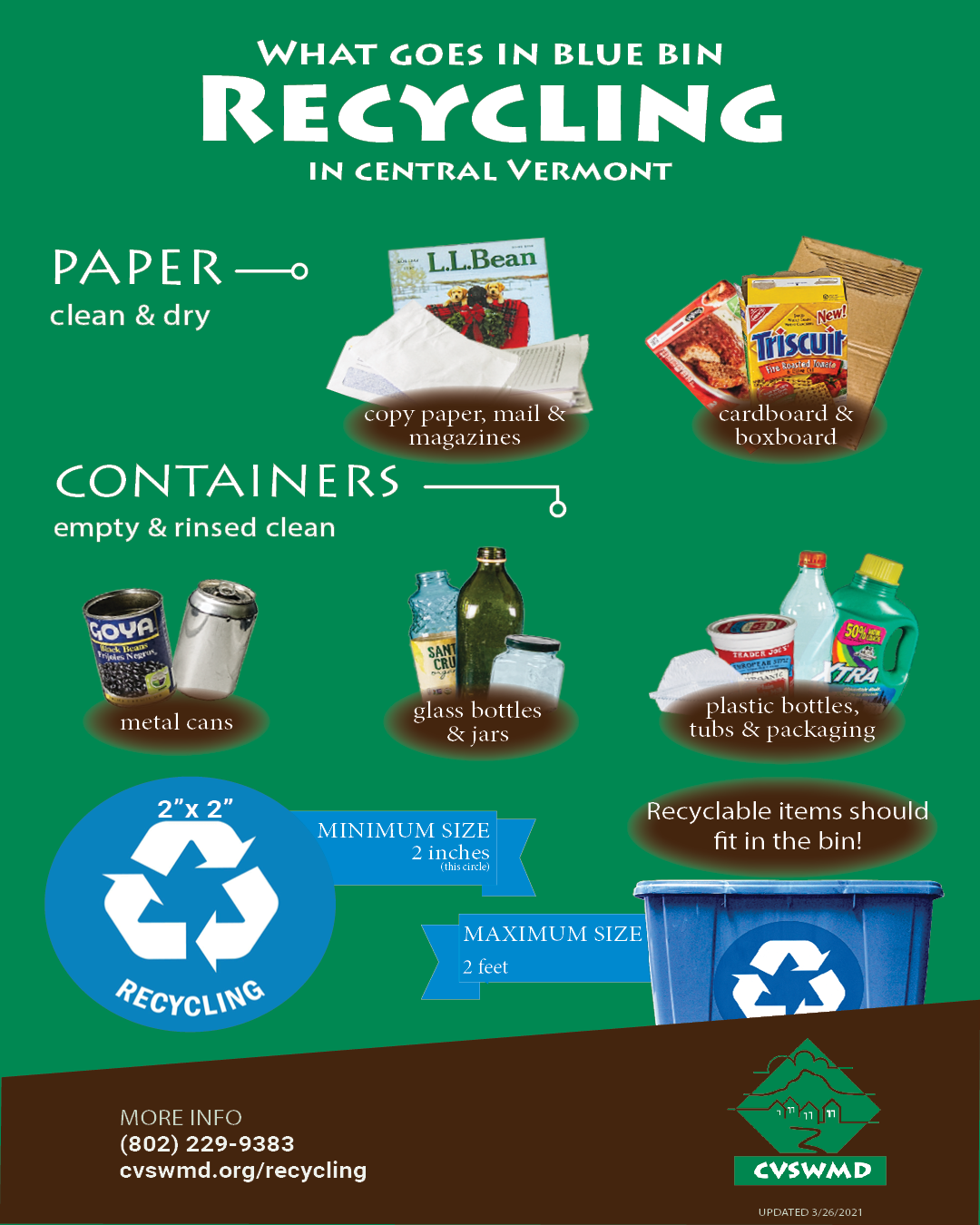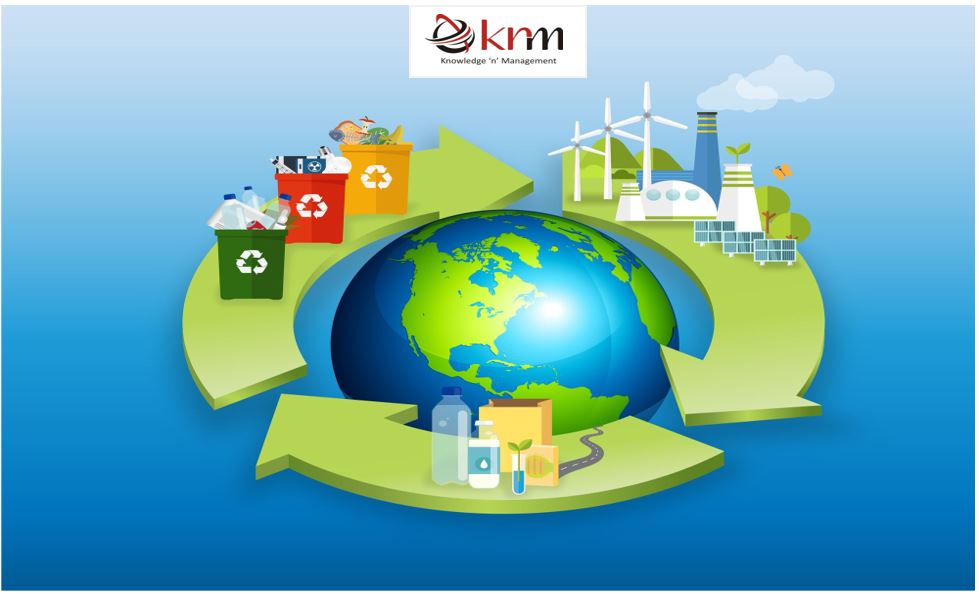Discovering Various Kinds of Waste in Modern Waste Management Solution
The modern landscape of waste management involves navigating a complicated variety of waste kinds, each calling for specialized handling and disposal approaches to mitigate environmental impacts. Community solid waste, contaminated materials, electronic waste, and natural waste each present unique obstacles and possibilities for source recuperation. Cutting-edge remedies such as clever waste containers and waste-to-energy technologies are emerging as important tools in improving effectiveness and sustainability. Comprehending these waste types is important for fostering public awareness and motivating energetic involvement in sustainable practices. What strategies can effectively address these varied kinds of waste while advertising a circular economy?
Local Solid Waste
Metropolitan strong waste, typically referred to as house trash or waste, incorporates a selection of disposed of materials produced by domestic, business, and institutional sources within a town. This waste stream usually includes items such as product packaging, food scraps, backyard trimmings, paper, plastics, textiles, and thrown out home items. The administration of municipal strong waste is a crucial part of metropolitan preparation and public health, demanding efficient collection, transport, and disposal systems.
Reliable waste administration systems are made to reduce ecological influence while making the most of source recuperation. This typically entails a combination of techniques consisting of landfilling, recycling, and composting. Recycling programs target materials like paper, glass, steels, and specific plastics, diverting them from landfills and reestablishing them right into the production cycle. Composting organic waste, such as food scraps and lawn trimmings, not only lowers landfill usage yet additionally produces important soil changes.
Communities need to additionally resolve the financial and logistical obstacles connected with waste monitoring. Applying pay-as-you-throw systems, boosting public recognition, and purchasing innovation can substantially enhance waste diversion rates. By integrating these practices, municipalities can cultivate lasting neighborhoods, minimize greenhouse gas discharges, and conserve natural deposits.
Contaminated Materials

Reliable contaminated materials management includes a number of vital actions: recognition, disposal, therapy, and segregation. Recognition requires the category of waste based upon its dangerous homes. Partition makes certain that hazardous materials are kept independently from non-hazardous waste to stop cross-contamination. Treatment methods, such as chemical neutralization, incineration, and stablizing, are used to lower the toxicity, volume, or wheelchair of the waste. Finally, disposal options, including safe garbage dumps and below ground storage space, are selected to ensure long-term containment.
Governing structures, such as the Source Conservation and Recuperation Act (RCRA) in the United States, offer guidelines and standards for contaminated materials monitoring. Adherence to these laws, combined with developments in waste treatment modern technologies, is crucial in minimizing the dangers related to unsafe waste.
Digital Waste
Electronic waste, generally referred to as e-waste, stands for a swiftly growing obstacle in waste monitoring systems internationally. This type of waste incorporates disposed of digital gadgets and tools such as mobile phones, computers, tvs, and other digital home appliances. The rapid rate of technological advancement, paired with decreasing item life expectancies and customer need for the most recent devices, has actually significantly raised the volume of e-waste created each year.
E-waste is especially bothersome because of its intricate composition, usually including unsafe substances like cadmium, mercury, and lead, which present significant environmental and wellness risks otherwise correctly managed. On the other hand, e-waste additionally includes useful materials such as gold, silver, and copper, which can be recouped and recycled. The dual nature of e-waste-- both beneficial and hazardous-- requires specific handling, reusing, and disposal processes.
Effective e-waste management entails rigid governing frameworks, robust collection systems, and advanced recycling modern technologies. Public awareness and Go Here participation are vital, as inappropriate disposal techniques, such as unlawful unloading and casual recycling, worsen ecological contamination and carcinogen. Improving e-waste administration methods is important for reducing environmental effect and recovering valuable resources in an increasingly digital world.
Organic Waste
Organic waste, making up kitchen scraps, yard trimmings, and farming deposits, represents a significant part of the international waste stream. This kind of waste is eco-friendly, implying it can be damaged down by microorganisms into less complex organic substances. Despite its capacity for all-natural decomposition, incorrect management of organic waste can bring about unfavorable ecological effects, including the exhaust of greenhouse gases such as methane, which add to climate adjustment.
Effective administration of natural waste is important for decreasing these environmental effects (recycling lives services). Composting is a commonly taken on method, transforming organic waste into nutrient-rich garden compost that can boost soil health and wellness and farming productivity. Furthermore, anaerobic food digestion is an emerging modern technology that converts natural waste right into biogas, a renewable energy source, and digestate, which can be utilized as plant food
Municipalities and waste monitoring entities have to execute robust organic waste collection and treatment programs to take full advantage of the advantages of these procedures. Public education and learning projects can additionally play a crucial duty in encouraging households and businesses to separate organic waste from other types of waste. By focusing on the monitoring of natural waste, cultures can lower landfill usage, reduced Check Out Your URL greenhouse gas emissions, and produce useful by-products for farming use.

Innovative Waste Monitoring
In the realm of waste monitoring, innovative methodologies are changing exactly how cultures handle their refuse, aiming for sustainability and performance. One noticeable technology is the application of wise waste containers outfitted with sensing units that keep an eye on fill levels and optimize collection courses.
One more notable growth is the adoption of waste-to-energy (WtE) technologies. By transforming non-recyclable waste into useful energy through procedures such as incineration and anaerobic digestion, WtE lowers garbage dump concern and gives a renewable resource resource. Additionally, developments in chemical reusing enable the failure of complicated plastics right into their original monomers, making it possible for the development of brand-new, top notch plastic products.
Furthermore, the circular economic climate model is getting grip, emphasizing the style of items and systems that prioritize reusability and resource performance. This holistic method urges industries to reduce waste generation from the beginning. Via these innovative methods, contemporary waste monitoring systems are not just dealing with the prompt obstacles of waste disposal however likewise leading the way for a more sustainable future.
Final Thought
A comprehensive understanding of community solid waste, harmful waste, digital waste, and natural waste, combined with the application of cutting-edge waste management options, is crucial for reducing ecological influences. Incorporating innovations such as clever waste containers and waste-to-energy systems can boost performance and sustainability. Effective waste management strategies not only foster resource recovery but look what i found additionally advertise public recognition and engagement, ultimately adding to the development of a circular economy.
The contemporary landscape of waste administration includes navigating a complicated range of waste types, each needing specialized handling and disposal techniques to reduce environmental effects. Community strong waste, harmful waste, digital waste, and organic waste each existing distinctive difficulties and chances for resource recovery.Electronic waste, typically referred to as e-waste, represents a swiftly growing challenge in waste management systems globally. Via these cutting-edge methods, contemporary waste administration systems are not only dealing with the instant challenges of waste disposal but additionally paving the way for an extra sustainable future.
An extensive understanding of municipal strong waste, dangerous waste, electronic waste, and natural waste, combined with the implementation of cutting-edge waste monitoring options, is necessary for alleviating environmental influences. (recycling lives services)
Comments on “Recycling Lives Services: Changing Waste right into Belongings Resources”